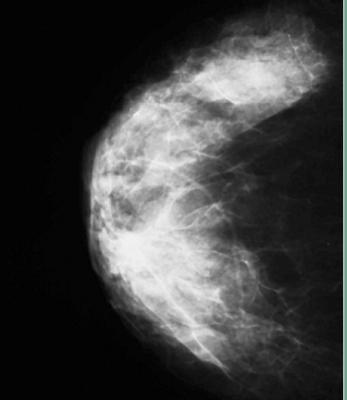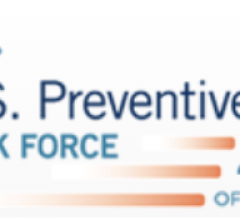
Image provided by Dilon
October 7, 2020 — A group of Australia’s leading breast cancer researchers is raising awareness about the importance of breast density in detecting breast cancer — and they’ve released a new easy-to-understand animation to help save women’s lives.
Released in the lead up to #DenseBreastDay (30 September) and Breast Cancer Awareness Month (October), the animation explains how breast density can complicate mammogram screening and make it harder for medical professionals to detect breast cancer. This highly engaging animation shows a polar bear hiding in a snow globe as an analogy for cancer hiding in dense breast tissue.
Championed by the University of Adelaide’s Associate Professor Wendy Ingman and a national alliance of breast cancer researchers (InforMD), the animation is aimed at helping women to better understand breast density and how it impacts on breast cancer detection.
Breast density refers to how white the breast appears on an X-ray or mammogram. Low density breasts contain mostly fatty tissue and appear darker on a mammogram, whereas high density breasts contain more glands and fibrous tissue.
Dense breast tissue is common and normal — over 2 million Australian women have dense breaZsts — but density can make it harder for a radiologist to identify a cancer on a mammogram as the white tissue looks the same as the white cancer. Breast density is also a known risk factor for breast cancer.
Breast density has nothing to do with how breasts look or feel and can’t be assessed by a physical examination, only by mammogram.
The animation — the result of a collaboration between InforMD and University of South Australia Design students, and voiced by Adelady’s Hayley Pearson – explains breast density and the importance of appropriate breast cancer screening.
“High breast density is known to increase the risk of breast cancer, and it’s one of several factors that affect risk, including age, family history and genetic factors,’’ said A/Professor Ingman, InforMD spokesperson and The Hospital Research Foundation Breast Cancer Research Fellow. A/Professor Ingman is Lead Researcher, Breast Biology and Cancer Unit, Basil Hetzel Institute for Translational Health Research, and is also a senior member of the Robinson Research Institute.
“While you can’t change these, you can take some steps to reduce your breast cancer risk, like maintaining a healthy body weight and an active lifestyle, limiting alcohol, breastfeeding if possible, and weighing the risks and benefits of hormone therapy for menopause symptoms.
“It’s very important to still get regular mammograms. Many cancers can be seen on a mammogram, even if you have dense breasts. A mammogram is the only screening test proven to reduce breast cancer deaths.
“All women, regardless of age and breast density, should be familiar with the look and feel of their breasts and check them regularly. If you notice any changes in your breasts, you should speak with your doctor, even if you have recently had a normal mammogram.”
For more information: www.adelaide.edu.au/


 May 03, 2024
May 03, 2024 








